Google’s Bay View Campus
The future of work and workplaces is evolving and requiring a newfound approach to flex and meet the ever-changing needs of the industry. Google’s 42 acres Bay View campus being the largest LEED-NC v4 Platinum certified space, aims to redefine workplace dynamics with a regenerative design that functions to take as well as give back to nature. Thus, creating a positive ecology empowering the work lifestyle of 3000+ employees.
An all-electric campus, the project aims to be carbon-neutral by 2030 while there have been conscious efforts to infuse daylighting, and natural ventilation, providing acoustic and thermal comfort; the design reinvents the workplace dynamics by redefining the spatial hierarchies thereby exploring new possibilities for the industry.
Sustainability and innovation have been pushed to new levels by means of environmental-positive provisions like rainwater harvesting, high-level relief vents, solar shingles, etc. Moreover, the on-site systems to collect, treat, and reuse stormwater and wastewater provide habitat restoration and sea-level rise protection, showcasing a cognitive approach to creating a workplace ecology by harnessing the renewable, natural, locally available resources and reducing the negative impact of the built environment. The idea of merging the built and unbuilt boundaries is evident in the form of the biophilia, high-performing landscapes, internal courtyards natural areas around the campus, enabling the entire scheme of the project is regenerative and futuristic in the true sense.
Great attention has been paid to including natural habitats into the scheme in the form of 17 acres of high-value natural areas, including wet meadows, woodlands, and marsh. Thus, the Bayview Campus which is also the largest facility to attain the International Living Future Institute (ILFI) Living Building Challenge (LBC) Water Petal Certification, is estimated to reduce carbon emissions by 50%. The design also integrates the most extensive geothermal pile system in North America. This makes way for the elimination of natural gas for heating leading to a 90% reduction in water used for cooling, enhancing the water positive performance of the campus.
In addition to the two office buildings, the site is equipped with an event center with 1000 person capacity and 240 short-term accommodation provisions for the employees. The project puts together a coherent image with three lightweight shingled canopy structures, designed to harness natural light in each section of the building. Moreover, the opaque nature of the roof aids in acoustic treatment. The structure as a whole minimizes the thermal heat gain and generates nearly seven megawatts of energy by means of the 50,000 solar panels as solar skins. The solar skin roof features dragon scale-like structures thus adding depth to the free-flowing roof structure. Integration of replicable solutions, research, mockups, and exploration of smart energy systems has further enhanced the construction process.
Designed by BIG – Bjarke Ingels Group and Heatherwick Studios, this campus by Google is a new beginning and inception of empowering the workforce with a thoughtful, conducive and healthy work environment.
The human-centered design breaks all age-old ideas of work, by conceptualizing spaces that empower collaboration, enhance dialogue and align with the day-to-day task-based needs of an employee.
The interiors are planned in a scheme of two levels while the lower level is loosely based on the concept of a marketplace, inducing collaboration, the upper level is designed to have more tasks focused spaces and virtual collaboration setups. Whereas, the two levels are connected through internal courtyards which diverge into common areas, cafes, and individual neighborhood areas. This patterned zoning has not only enabled a sense of placemaking but also has revamped the way people collaborate. This is indeed a design that connects people’s feelings helping them cope better with the changing time and technology.
Google’s Bay View Campus is thus a living, working laboratory that employs technology, innovation, and a people-first approach to make a difference, designing for the physical, emotional, holistic, and cognitive well-being of people Google has set a parameter of a resilient workplace ecology.
Project Info:
Architect: BIG – Bjarke Ingels Group and Heatherwick Studios
Location: Silicon Valley, California, United States
Area: 42 Acres
Photographer: Iwan Baan
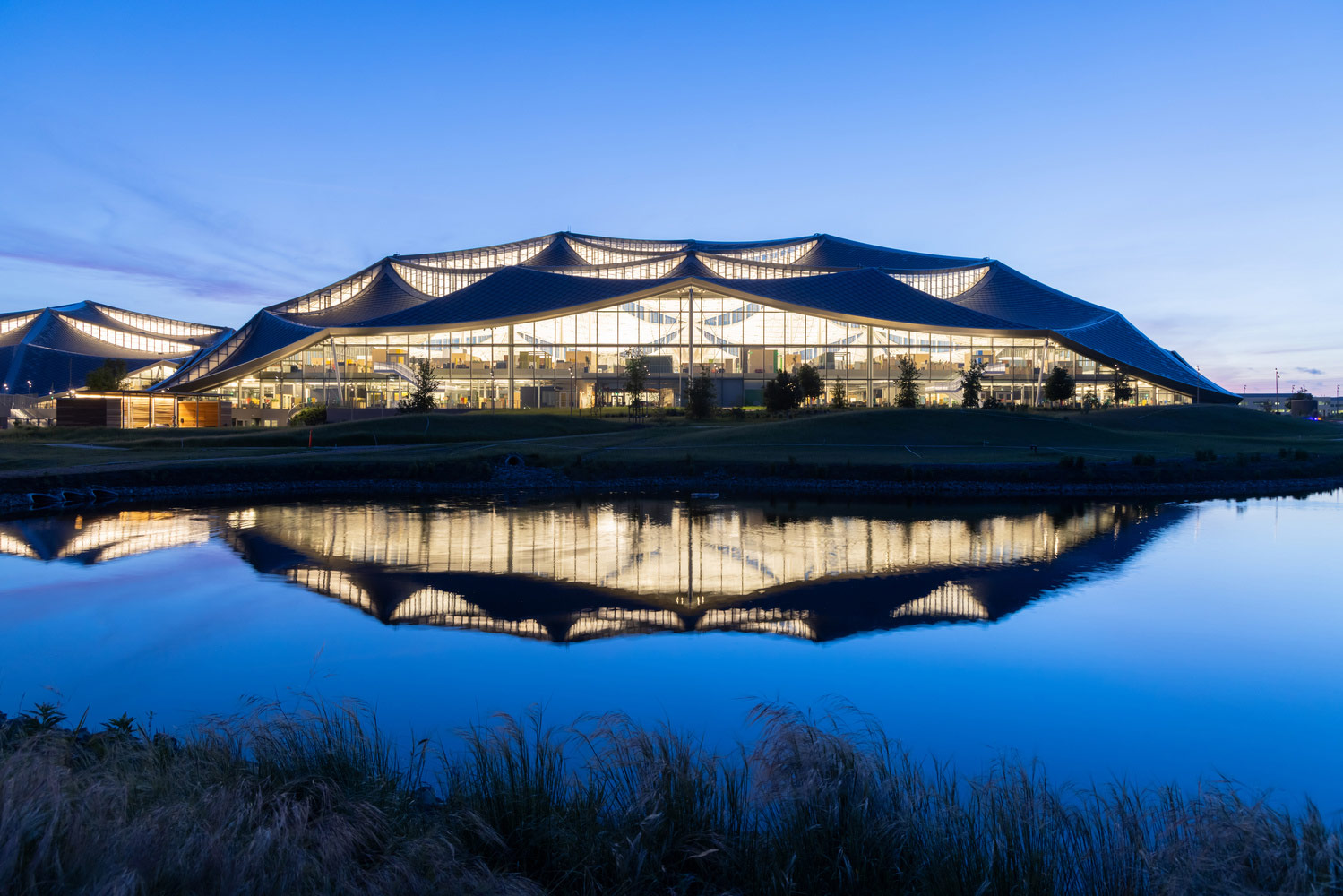
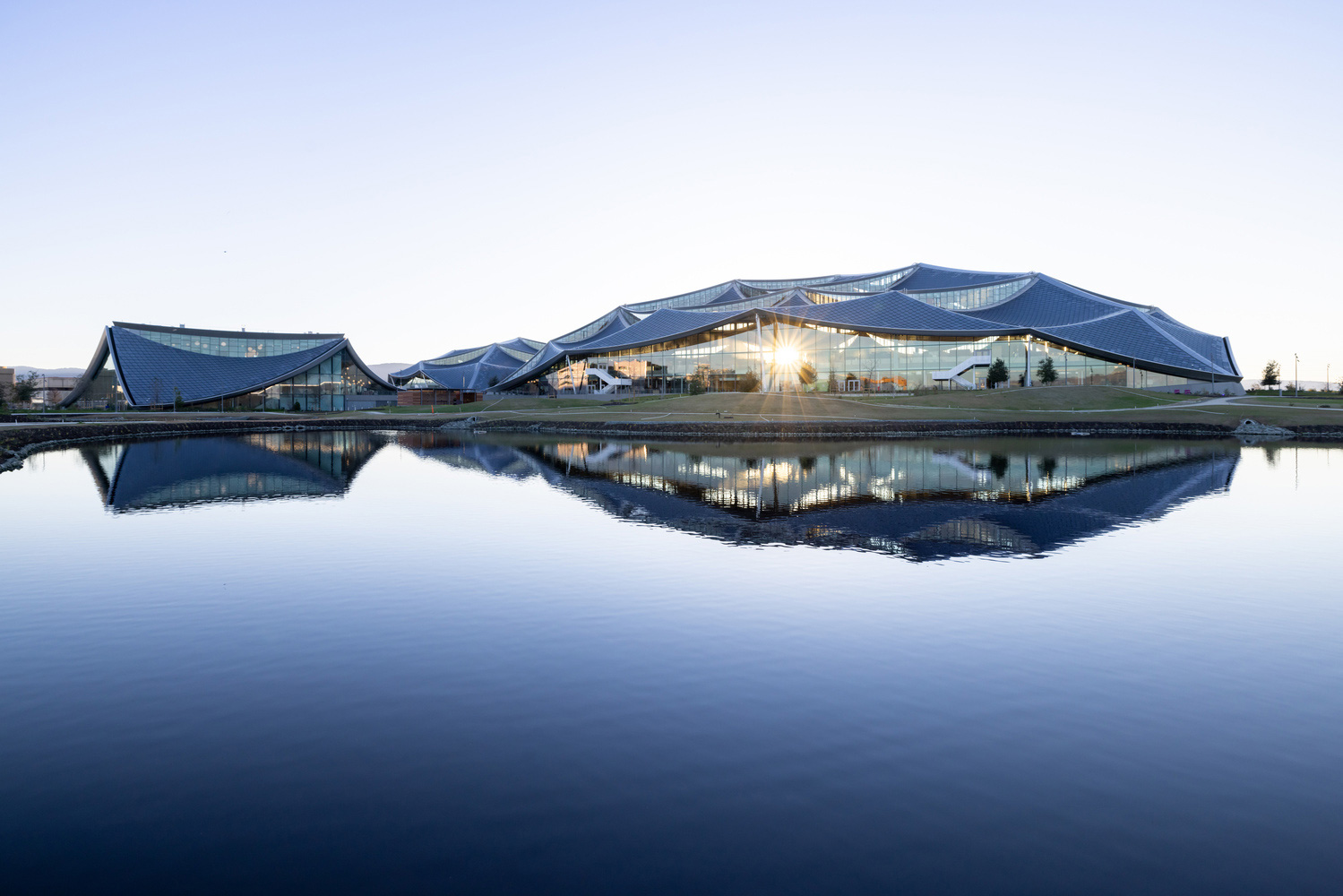
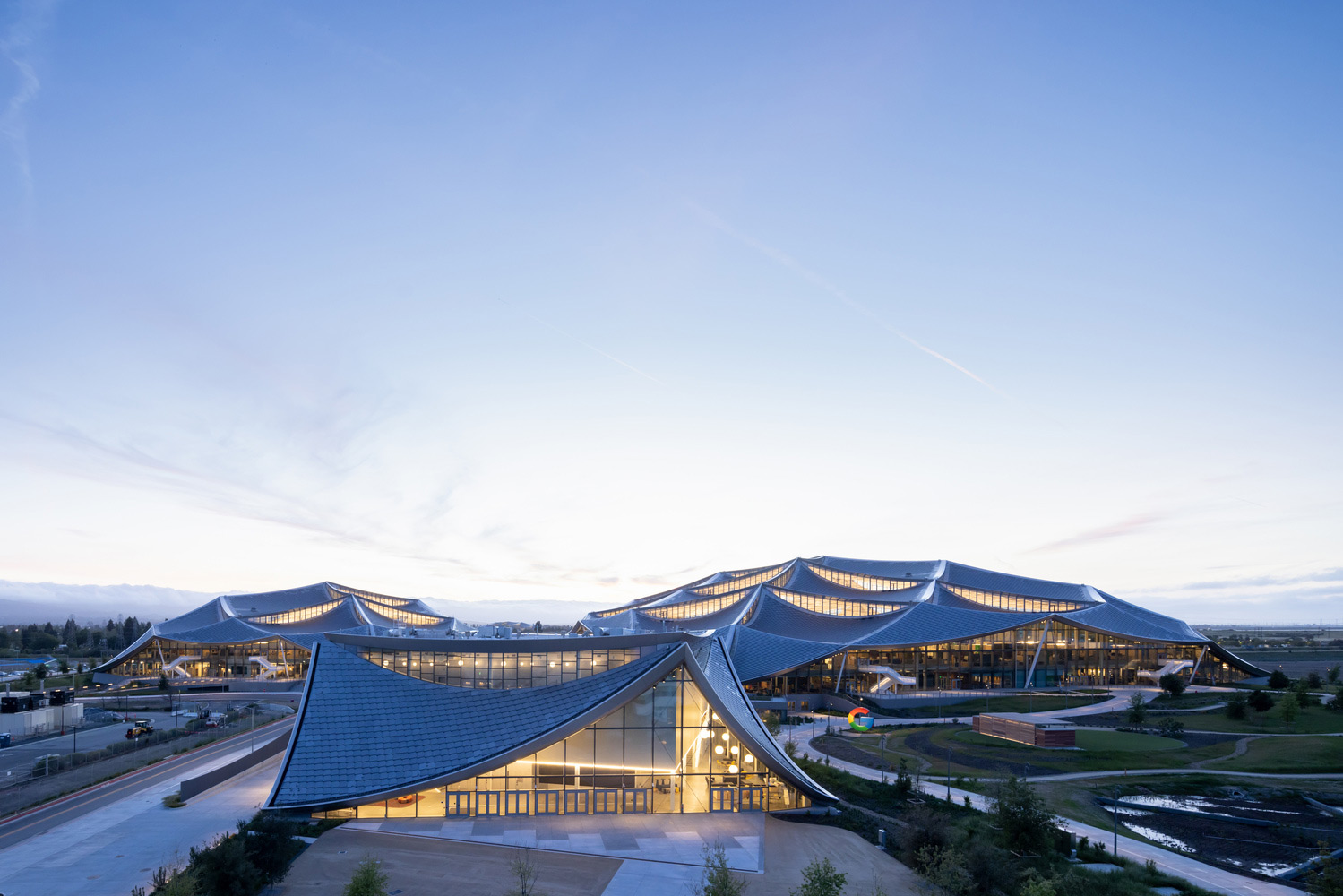
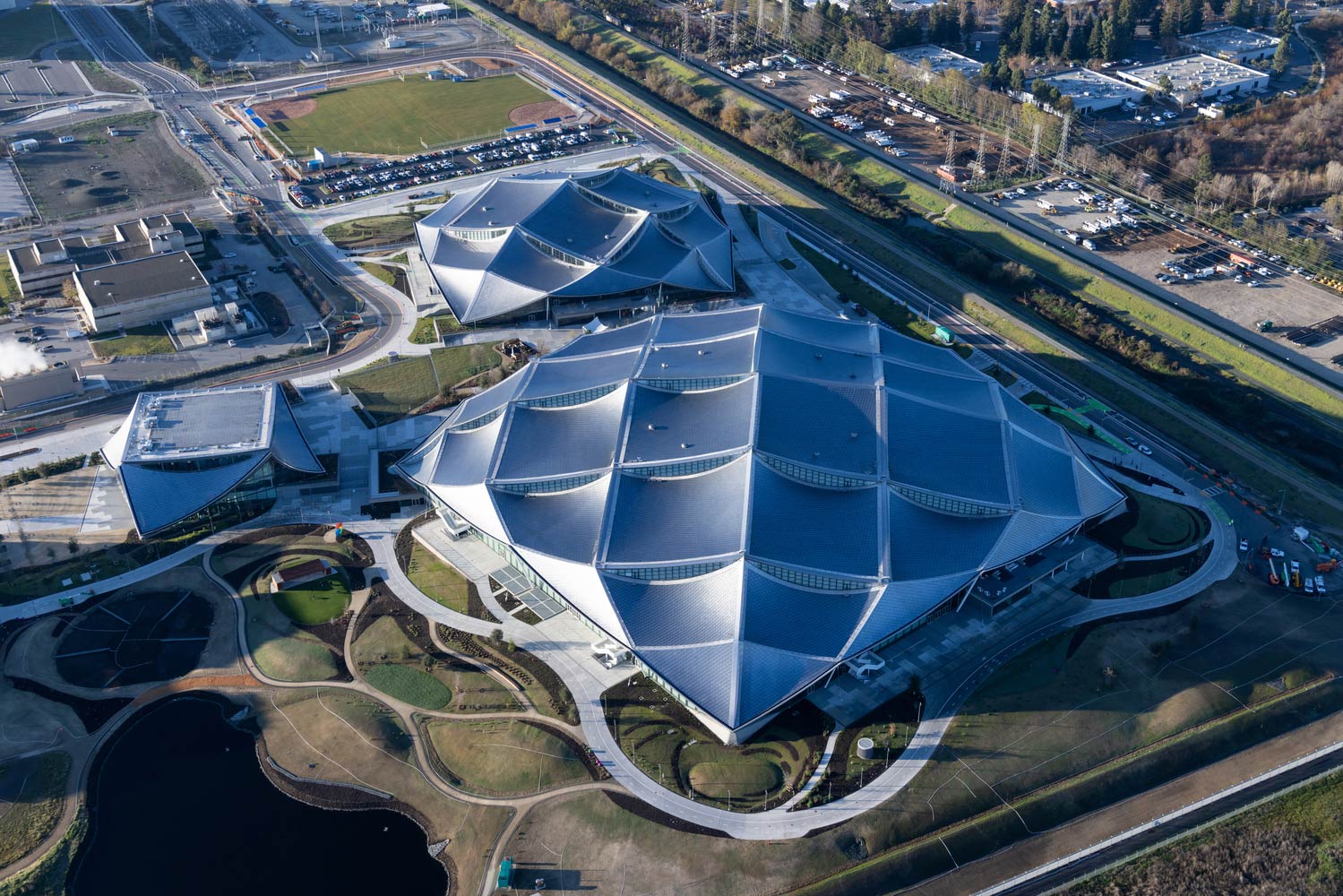
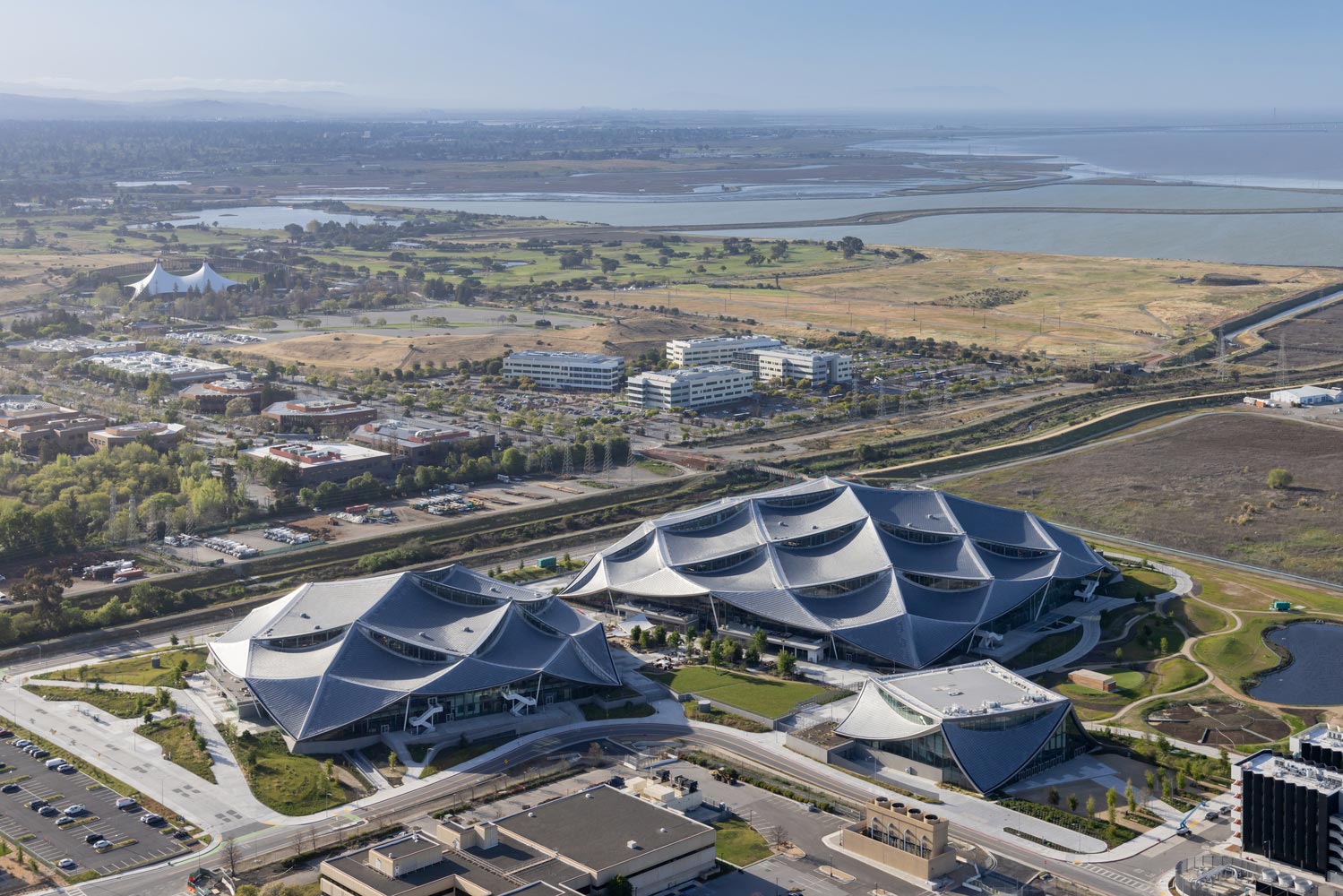
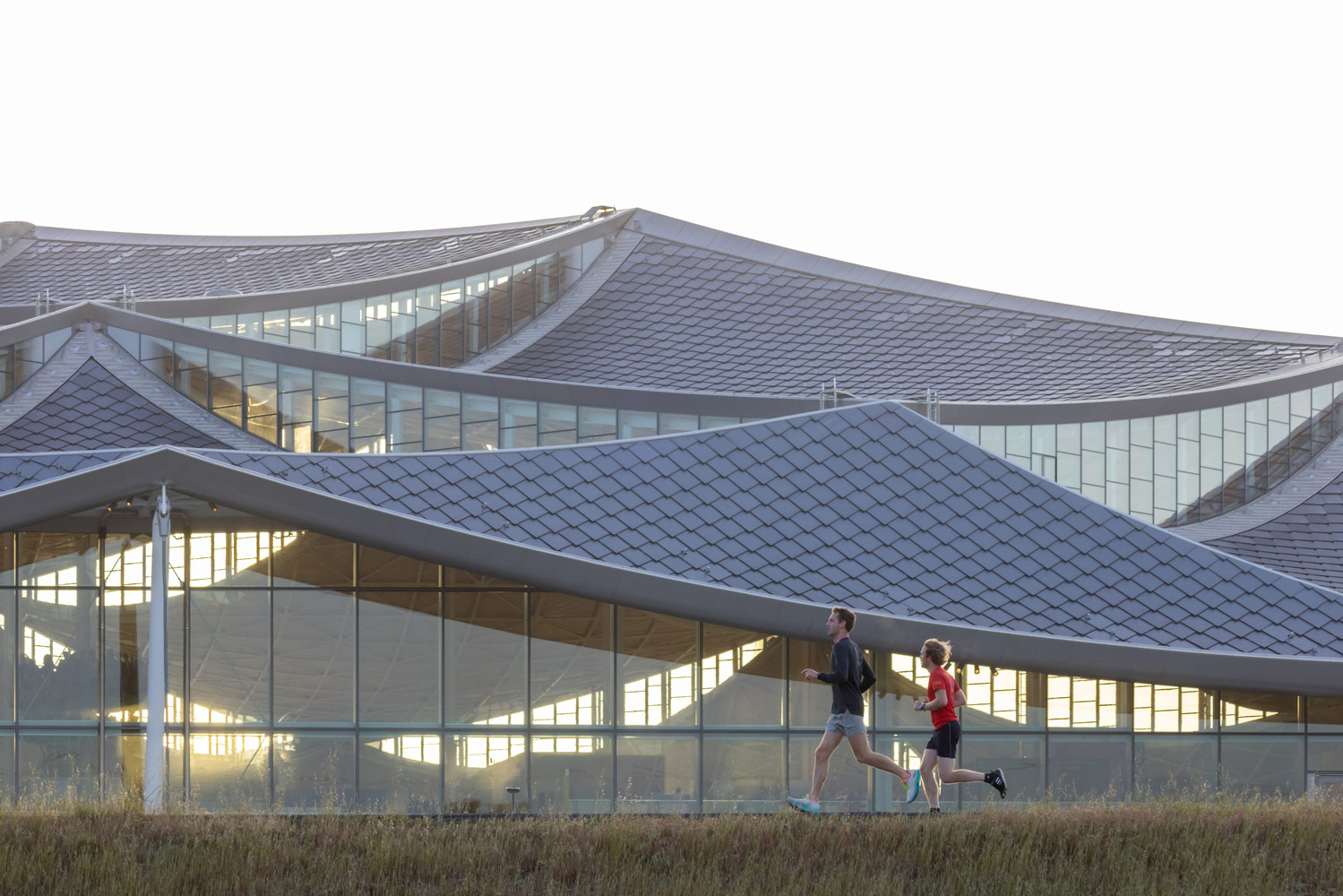
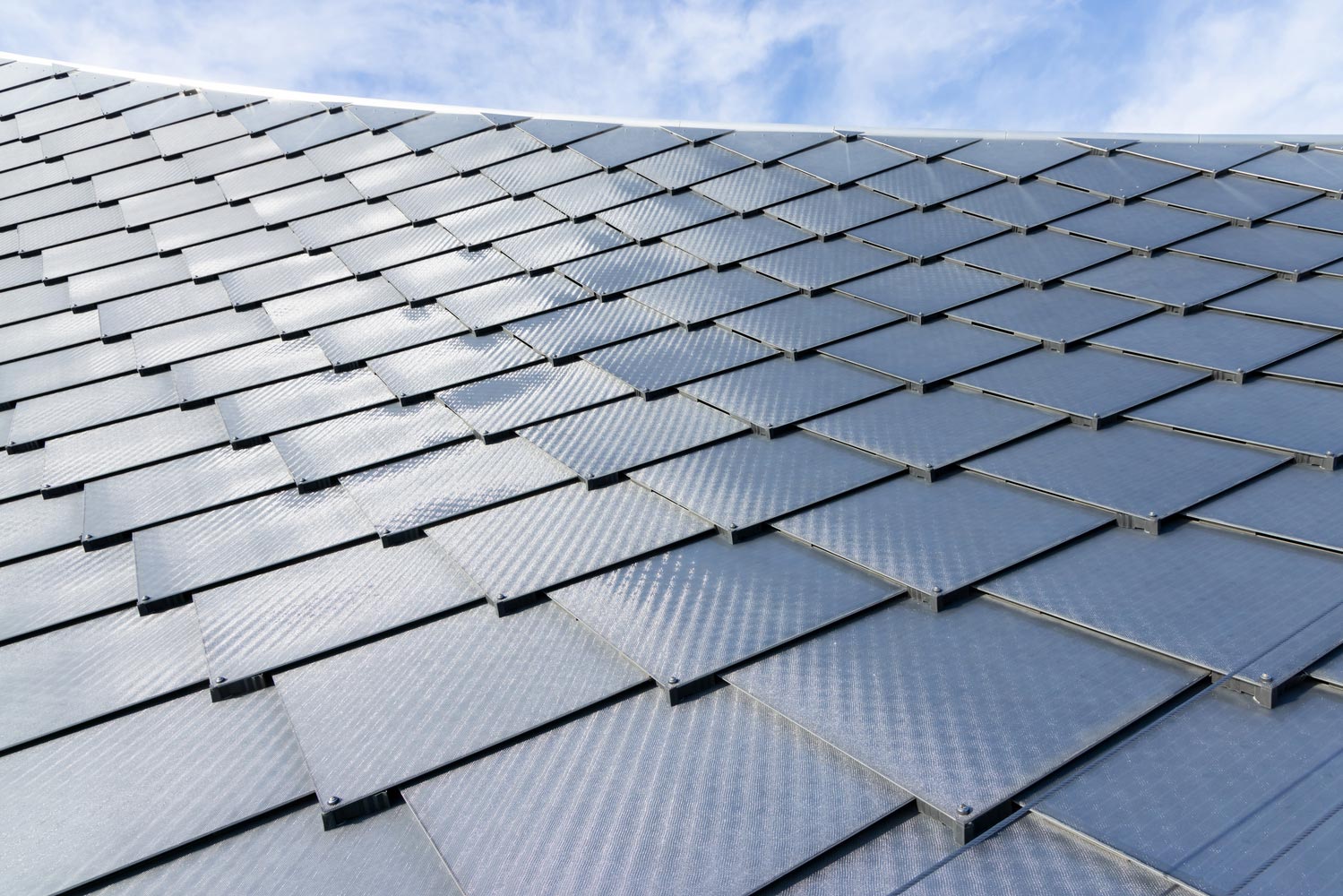
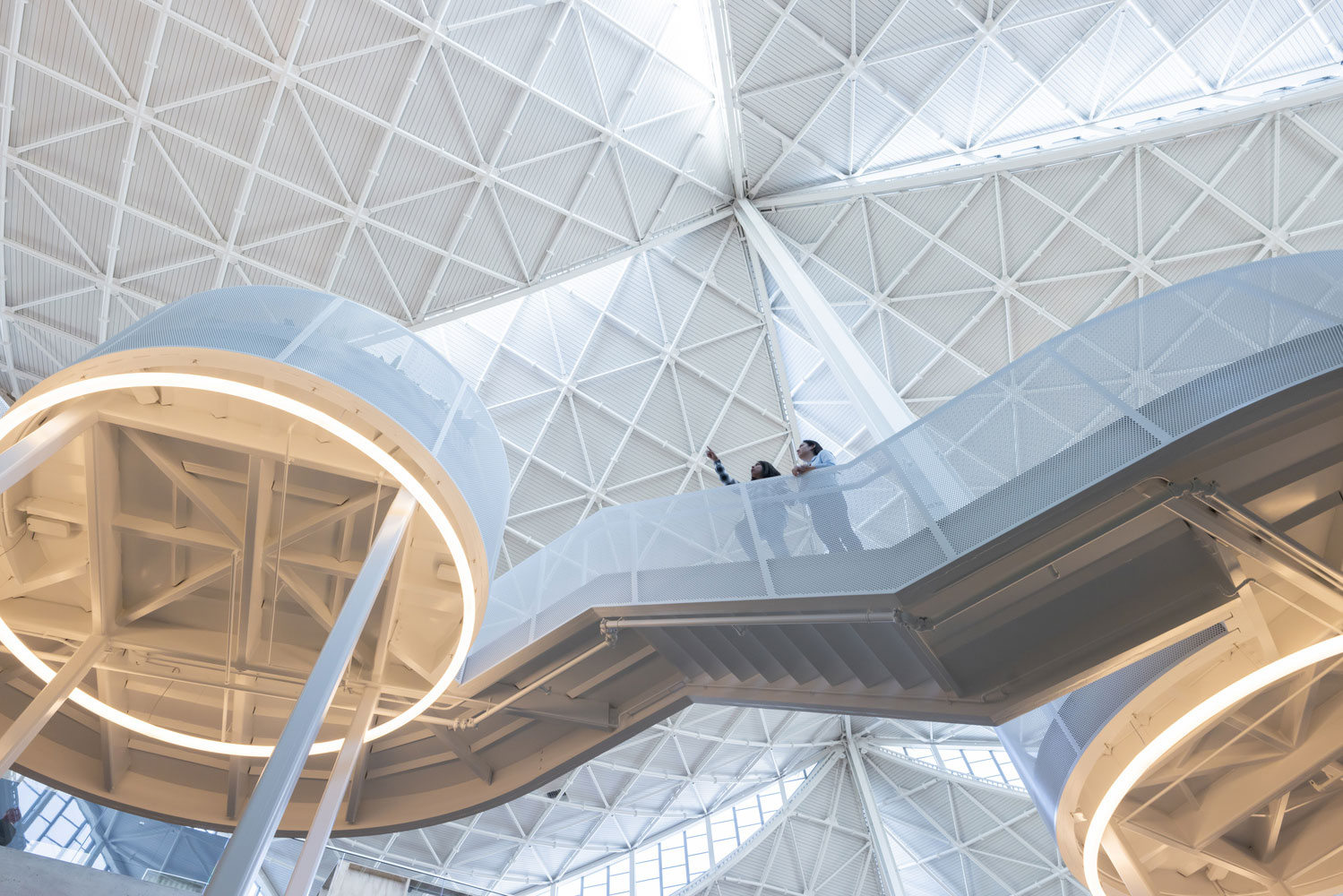
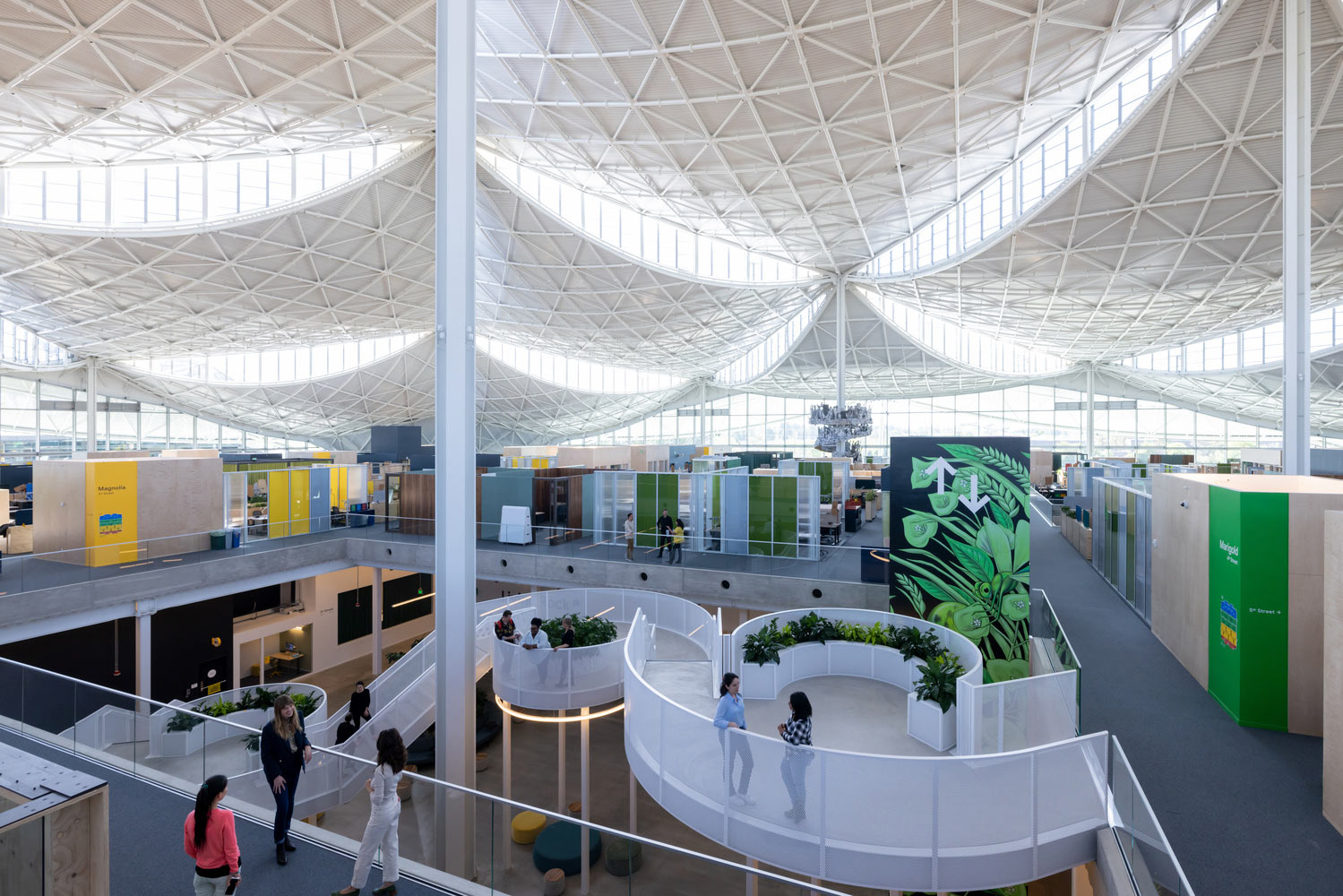
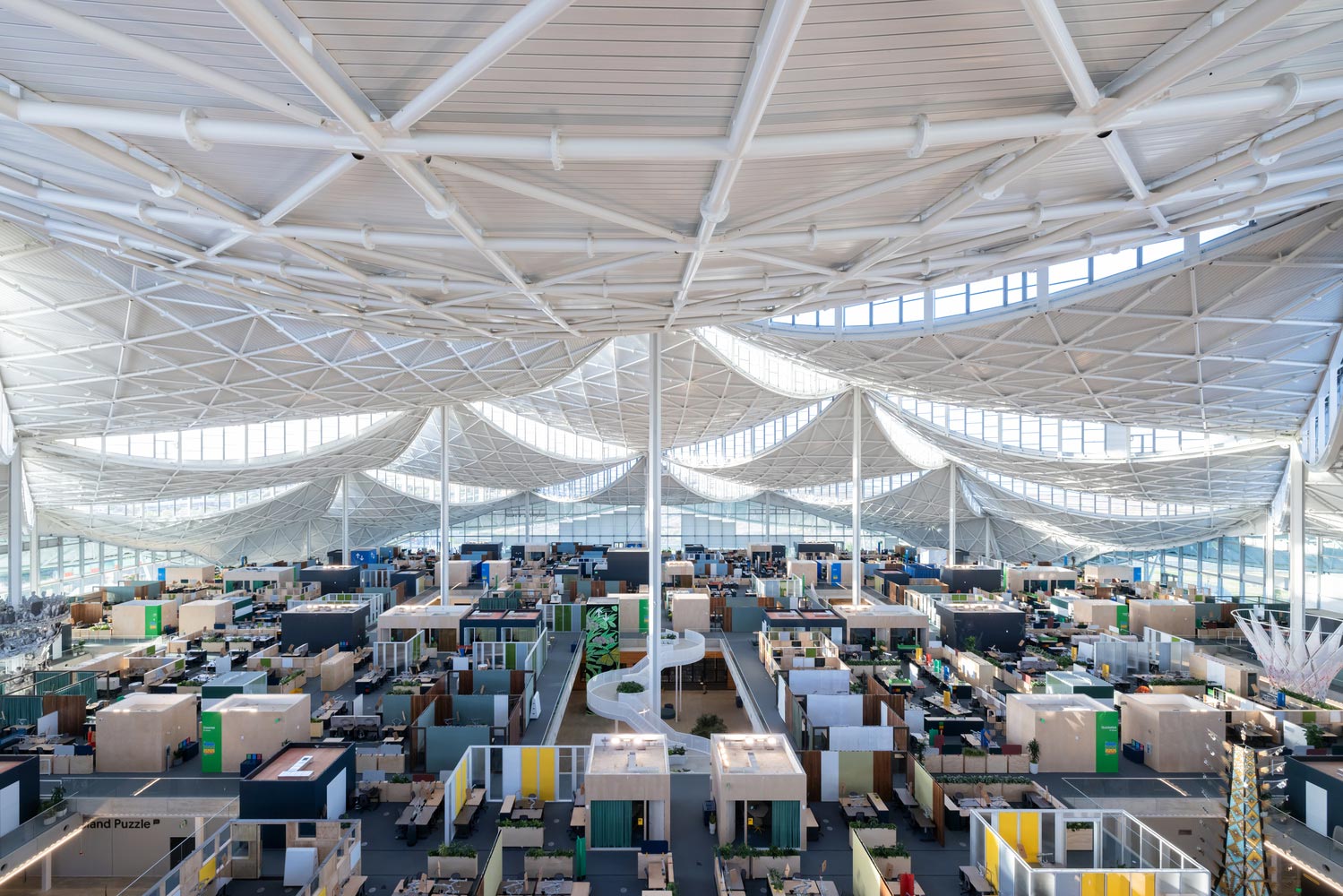


















Leave a comment